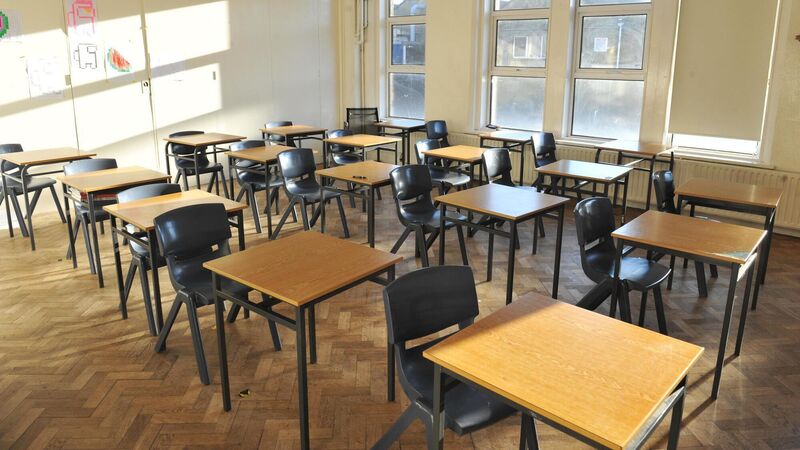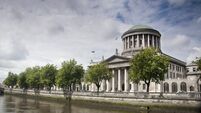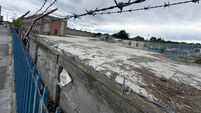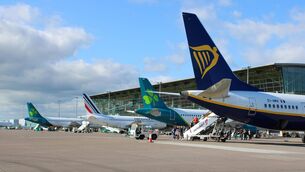Education landscape 'highly segregated' on basis of religion, gender and ability to pay

'unequal state investment disadvantages children in cities by providing them with lesser access to inclusive schools than in rural areas and towns,' the report said.
The educational landscape in Irish cities remains “highly segregated” on the basis of religion, gender, or ability to pay.
That's according to a new study from Maynooth University. It has examined the provision of post-primary schools, and the decision-making process that determines their distribution.
Using data from the Central Statistics Office (CSO) and the Department of Education, it found the provision of post-primary education is not equal across the country.
“Rather, unequal state investment disadvantages children in cities by providing them with lesser access to inclusive schools than in rural areas and towns," it said.
The study defined an ‘inclusive school’ as a non-fee-paying school, not segregated by gender or religion. It noted that decision-makers have needed to recognise "uncomfortable facts", due in large part to educators highlighting persistent inequality.
"One is the presence of enduring spatial disparities in educational outcomes, whereby 84% and 99% of children in Dublin 4 and 6, and 60% or more of children in counties Galway, Leitrim, and Mayo, attend higher education, but only 28% of children in Dublin 8 do.
“Outside of Irish cities, it is largely the norm for the state to provide schools that do not separate or exclude children on the basis of religion, gender, or ability to pay.
“However, within Ireland’s cities, such provision is much lower, and the educational landscape remains highly segregated.”
The study found that in 2016, the State provided 100 inclusive schools in rural areas, a sufficient number to provide access to the teens in those areas. Several small towns, with populations of 1,500 to less than 5,000 had both an inclusive school and schools of another type.
This included Killorglin, in Co. Kerry which has a population of 2,199 and both an inclusive and mixed-gender Catholic school, and Kanturk in Co. Cork, which has a population of 2,350 and also had an inclusive and mixed-gender Catholic school.
In comparison, the most common school type in Ireland’s five cities together was girls’-only and Catholic, at 67 schools.
Just 62 inclusive schools were recorded in Ireland’s five cities, working out to one inclusive school per almost 1,784 students.
“Indeed, in all categories of exclusion, gender, religion, and ability to pay, city schools were much more likely to be segregated than those in less-urbanised areas.”












